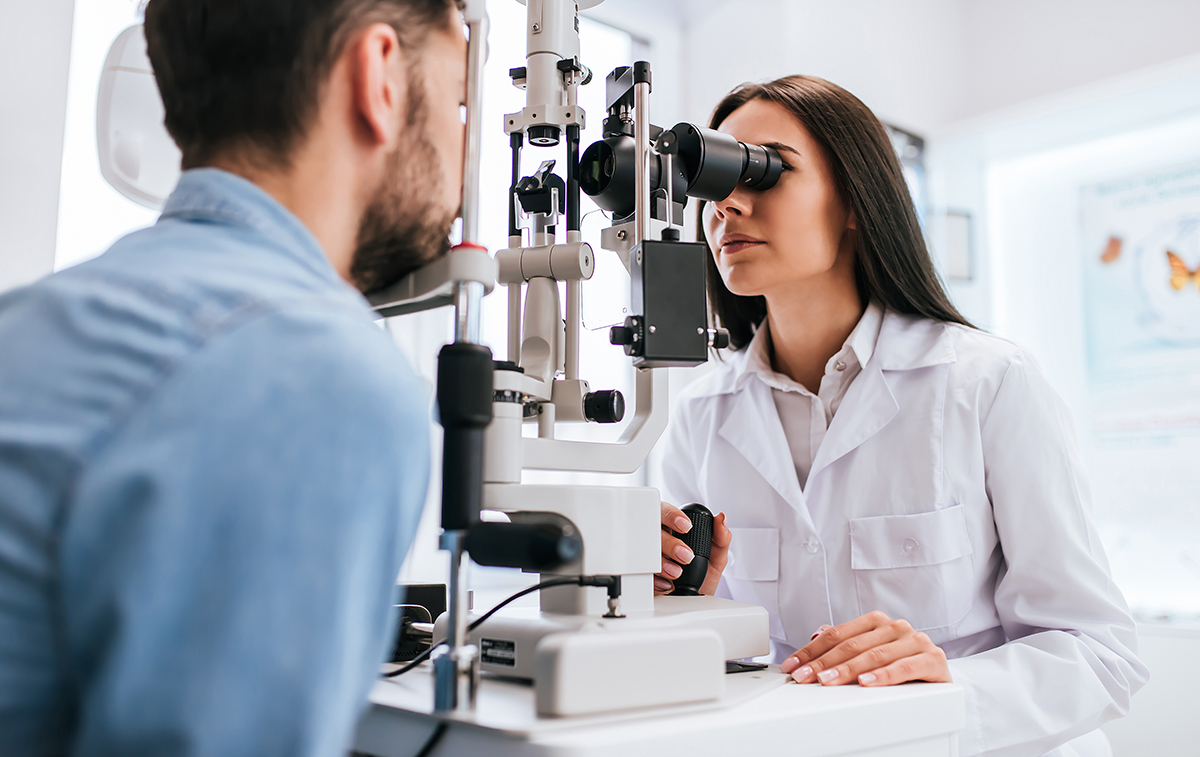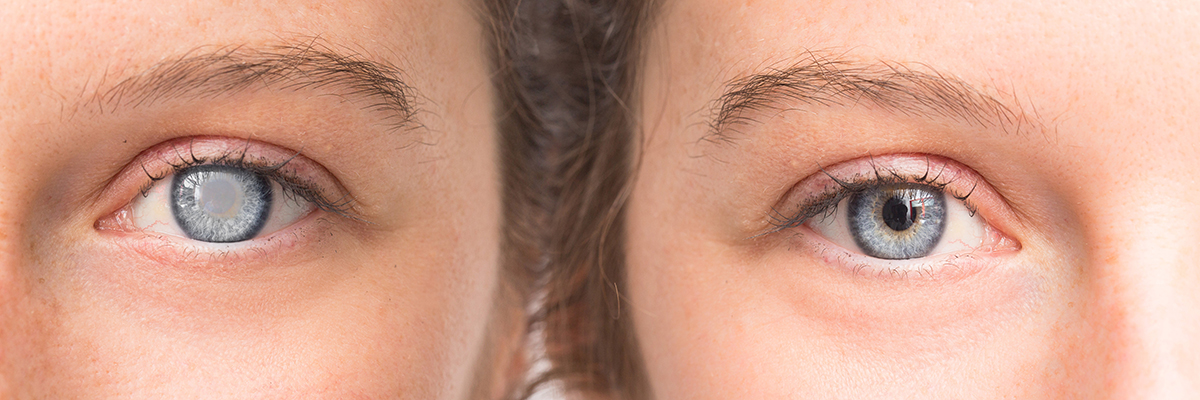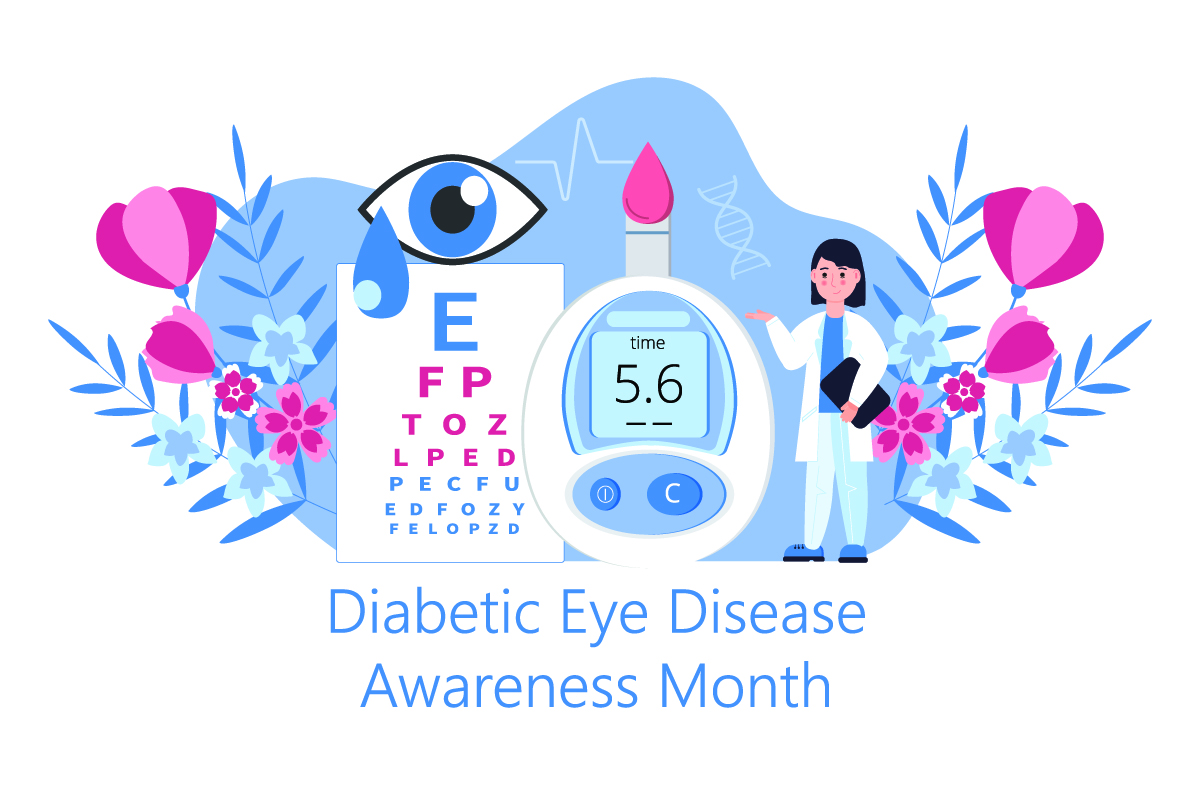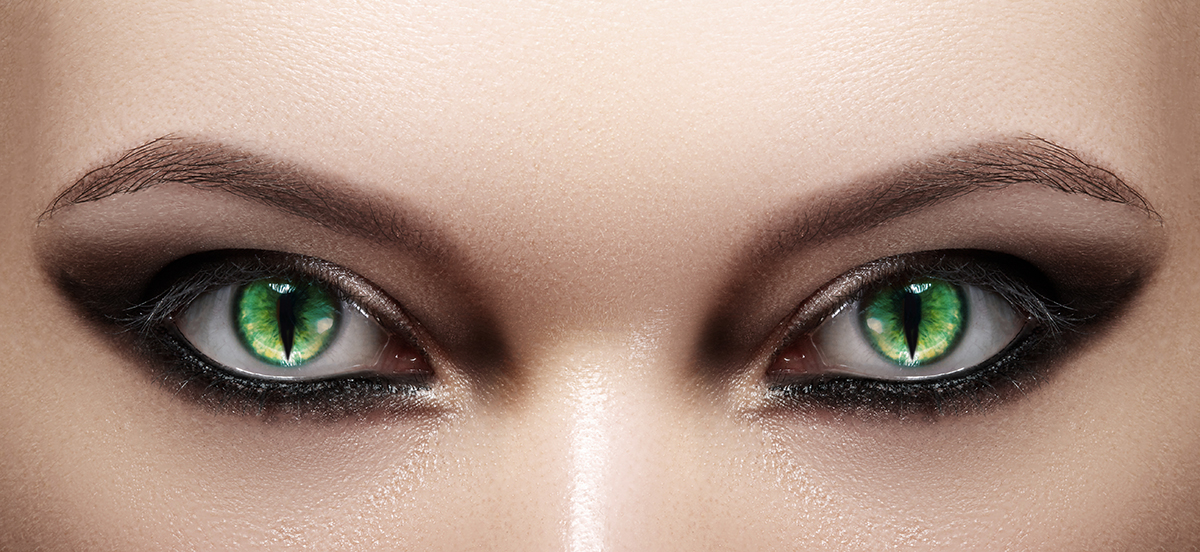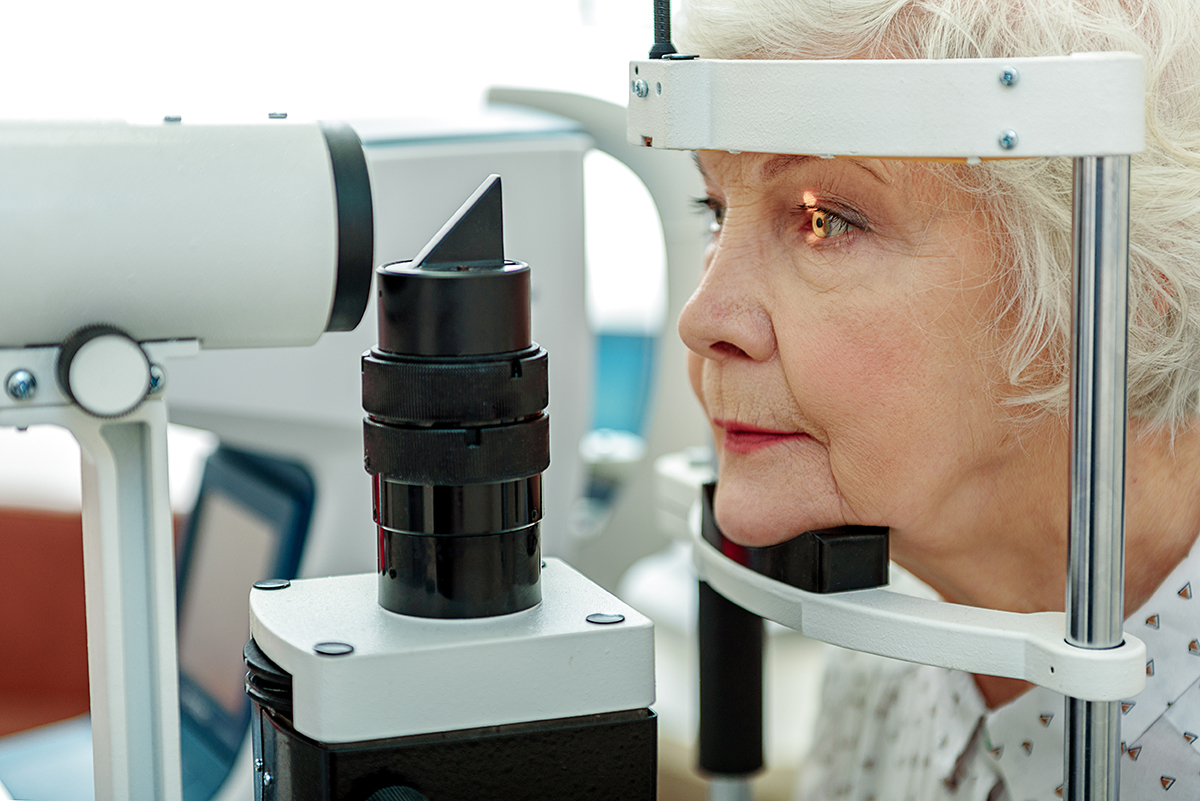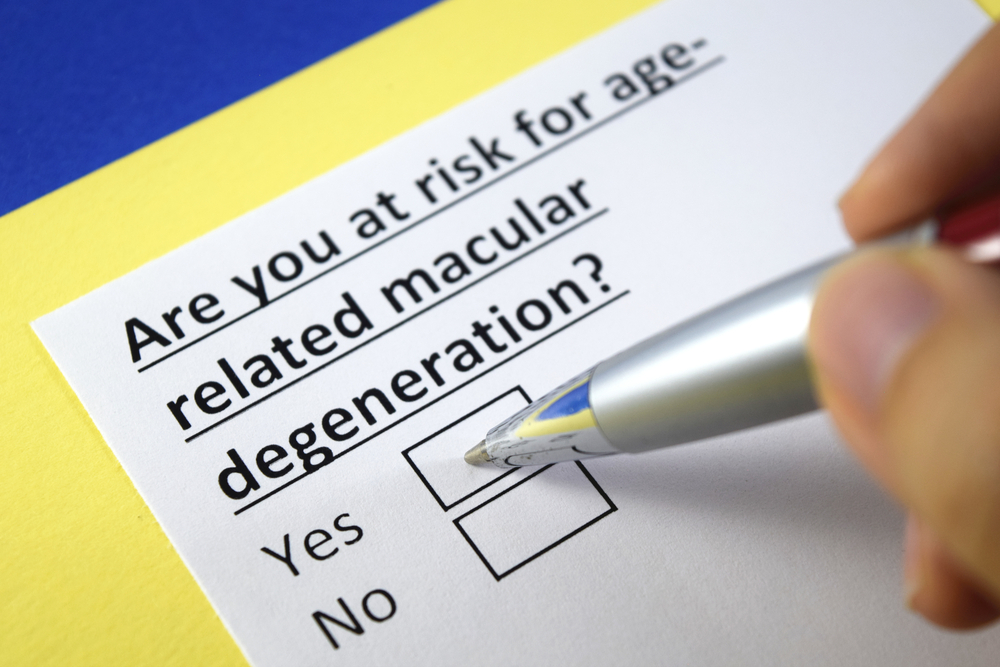 The macula is located at the back of the eye. It is part of the retina and is responsible for your central vision, most of your color vision and seeing fine details.
The macula is located at the back of the eye. It is part of the retina and is responsible for your central vision, most of your color vision and seeing fine details.
Age-related macular degeneration is a progressive disease that damages the macula and impacts central vision. There are two types of age-related macular degeneration: wet and dry. It is a serious condition that can cause vision loss and even blindness.
There is currently no cure for macular degeneration. However, early detection and treatment can help to prolong vision and prevent additional damage. Here, the experienced team at Wiles Eye Center discusses factors that may indicate that you are at risk for macular degeneration.
Age
Age is the leading risk factor for developing macular degeneration. The older a person is, the more likely they are to develop macular degeneration. If you are 55 or older you are more likely to have macular degeneration.
Genetics
A family history of macular degeneration may indicate that you are at an increased risk for developing macular degeneration. If you are unsure of whether you have a family history of macular degeneration, you should ask your close relatives.
Smoking
Smoking is another risk factor for developing macular degeneration. The good news is that this is a modifiable risk factor. If you take steps to quit smoking, you may lower your risk for developing macular degeneration.
Race and Sex
Age-related macular degeneration is more likely to affect Caucasians. It is also more likely to affect females than males.
Certain Medical Conditions
Certain medical conditions like heart disease, high blood pressure and obesity can put you at an increased risk for macular degeneration. Talk to your physician about managing these conditions.
Light Eye Color
If you have blue eyes, you may have an increased risk of developing macular degeneration. People with lighter colored eyes tend to have a higher risk while people with darker eyes tend to have a lower risk. This may be related to the eye’s sensitivity to light. Light eyes are more sensitive to sunlight.
Sun Exposure
Most people know that sun exposure can put their skin at risk, but sun exposure can also put their eyes at risk. Unprotected sun exposure can put you at risk for macular degeneration. Protect your eyes when you are outside. Wear sunglasses that offer protection from the sun’s ultraviolet rays.
Contact Wiles Eye Center
Macular degeneration can be diagnosed during a comprehensive eye exam. Contact Wiles Eye Center today to schedule your eye exam. Fill out our online contact form or call our St. Joseph, Missouri office at (816) 279-7015 or our Kansas City, Missouri office at (816) 455-2020.
The post Are You at Risk for Macular Degeneration? appeared first on .
from https://perfect2020.com/are-you-at-risk-for-macular-degeneration/
via https://perfect2020.com/
